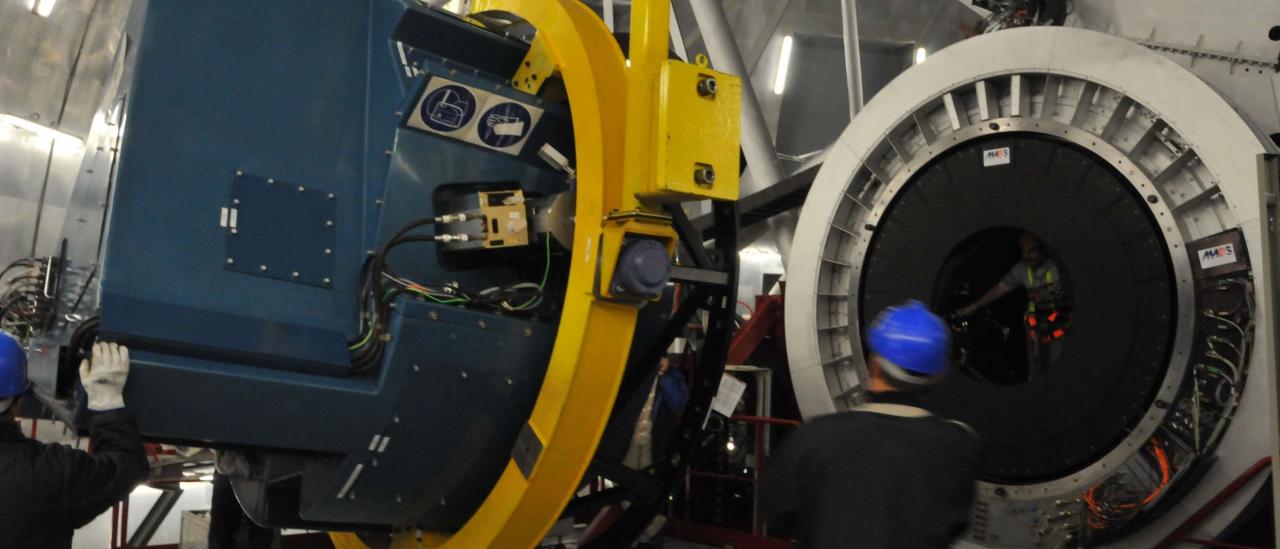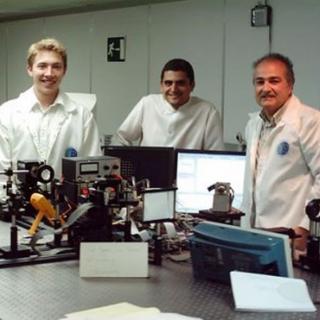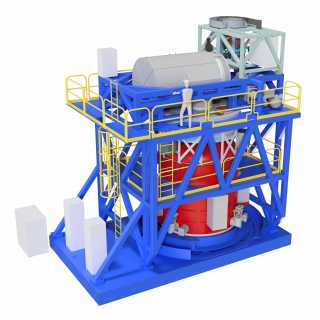General
OSIRIS is the Day One visible range instrument for the 10.4 metre Gran Telescopio CANARIAS telescope at the Observatorio del Roque de los Muchachos (ORM) on the island of La Palma. The project was conceived under the leadership of Principal Investigator Jordi Cepa at the Instituto de Astrofísica de Canarias (IAC), in response to the requirement for the 10.4 metre telescope to cover visible range photometry, a fundamental field of astronomical research. It was designed as a multi-purpose instrument, as is the case with all day one instruments for large telescopes, so that it can be used by a wide range of the Spanish and international astronomy community whose research is focused in the 365 to 1000 nm range. OSIRIS was designed to operate in multiple observing modes, including: imaging mode, low and intermediate resolution and multi-object spectroscopy modes and fast photometry and fast spectroscopy modes. Its most outstanding feature is unquestionably the use of tunable filters or etalons, a type of interference filter which allows wavelengths to be selected by altering the width of the interference cavity. OSIRIS will be one of the first instruments with this capability to be installed on an 8-10 metre class telescope. The project is the fruit of an important collaboration between the Instituto de Astrofísica de Canarias (IAC) and the Institute of Astronomy of the National Autonomous University of Mexico (IA-UNAM).
Members
Results
OSIRIS is installed at the Observatorio del Roque de Los Muchachos, since december-2008, and passed to the scientific exploitation phase in March 2009. Currently the system has image in broad-band with standard filters, and narrow-band using tuneable filters in the red. It also has low and mid resolution spectroscopy until 2500. Work continues on other additional features, among which are those fast mode, multi-object spectroscopy, tunable filters in the blue band, etc. It is expected that these new features may be in operation throughout the year 2011, running for the 2012 final receipt of certain filters for certain specific wavelengths.



